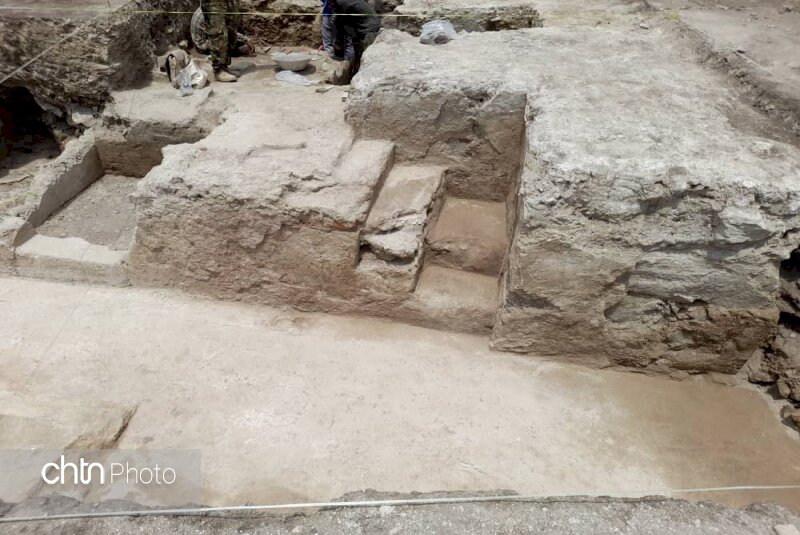Excavation delves into Sassanid fire temple in northern Iran

TEHRAN – Archaeologists have revealed more details of a previously-discovered ancient fire temple in northern Iran.
Situated in heart of the Alborz mountains, Savadkuh county, the fire temple is estimated to date from the Sassanid era (224 CE-651), according to Mehdi Abedini Araqi, who leads the archaeological survey.
Parts of the main hall of the sanctuary, its stairs, entrances, side rooms, and corridors have been excavated so far, Araqi said. “The excavation probed almost 100 square meters of the ancient building.”
Architectural evidence and artifacts discovered at the site suggest the fire temple has been restored and renovated several times until the fourth century AH when it was finally abandoned and gradually destroyed, he explained.
The fire temple is located at a distance of about five kilometers from the historical Espahbod Khorshid Cave. It was constructed in the form of ‘Chartaqi’, which was a prominent element in Iranian architecture, having various functions and used in both secular and religious contexts for over 1,500 years.
Soaked in a vibrant history, Mazandaran (also known as Tabarestan) was a cradle of civilization since the beginning of the first millennium BC. According to Britannica Encyclopedia, it was almost overrun in about 720 CE by the Arab raiders.
Its insecure eastern and southeastern borders were crossed by Mongol invaders in the 13th and 14th centuries. Cossacks attacked the region in 1668 but were repulsed. It was ceded to the Russian Empire by a treaty in 1723, but the Russians were never secure in their occupation. The area was restored to Iran under the Qajar dynasty. The northern section of the region consists of a lowland alongside the Caspian and an upland along the northern slopes of the Alborz Mountains.
AFM
